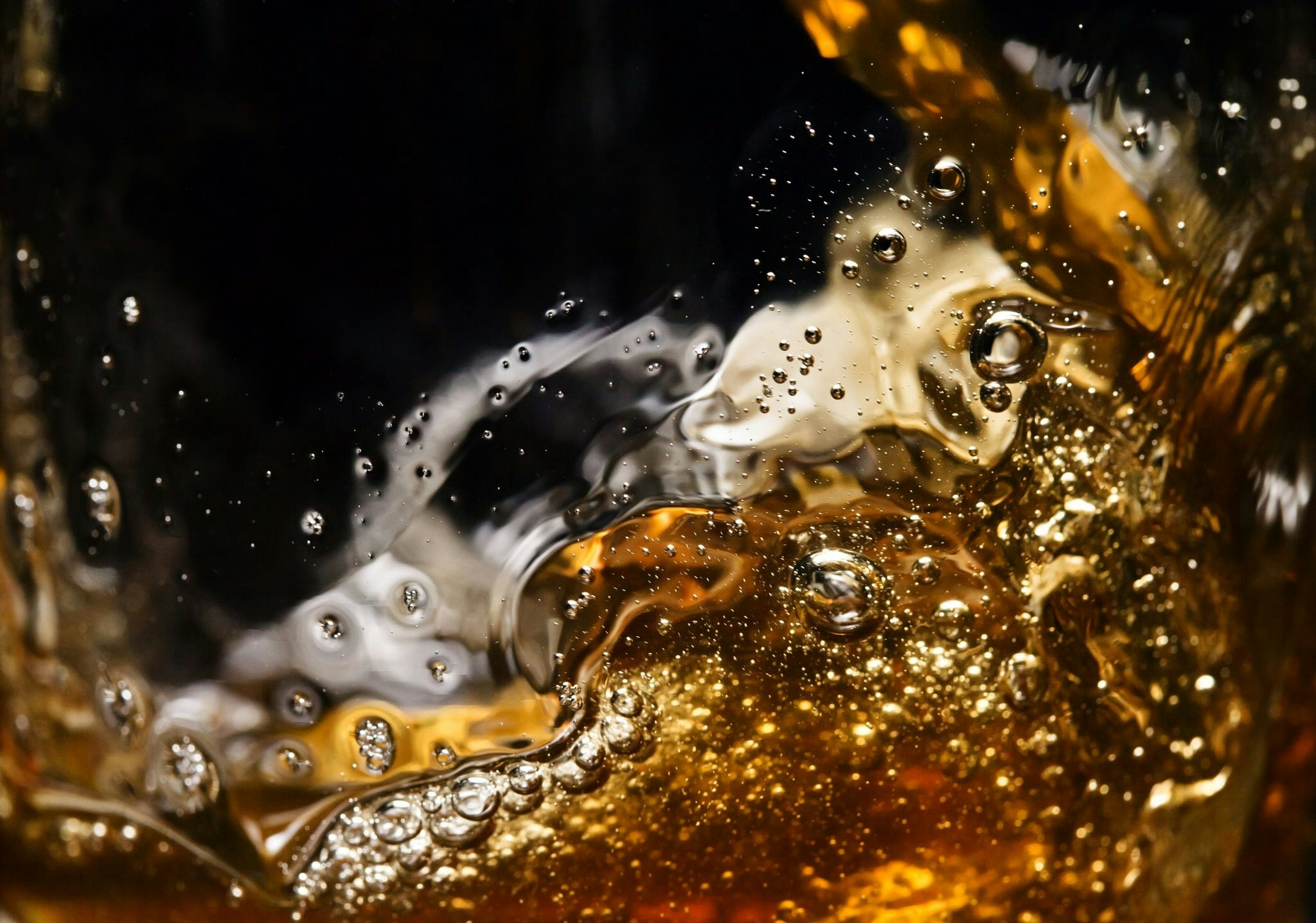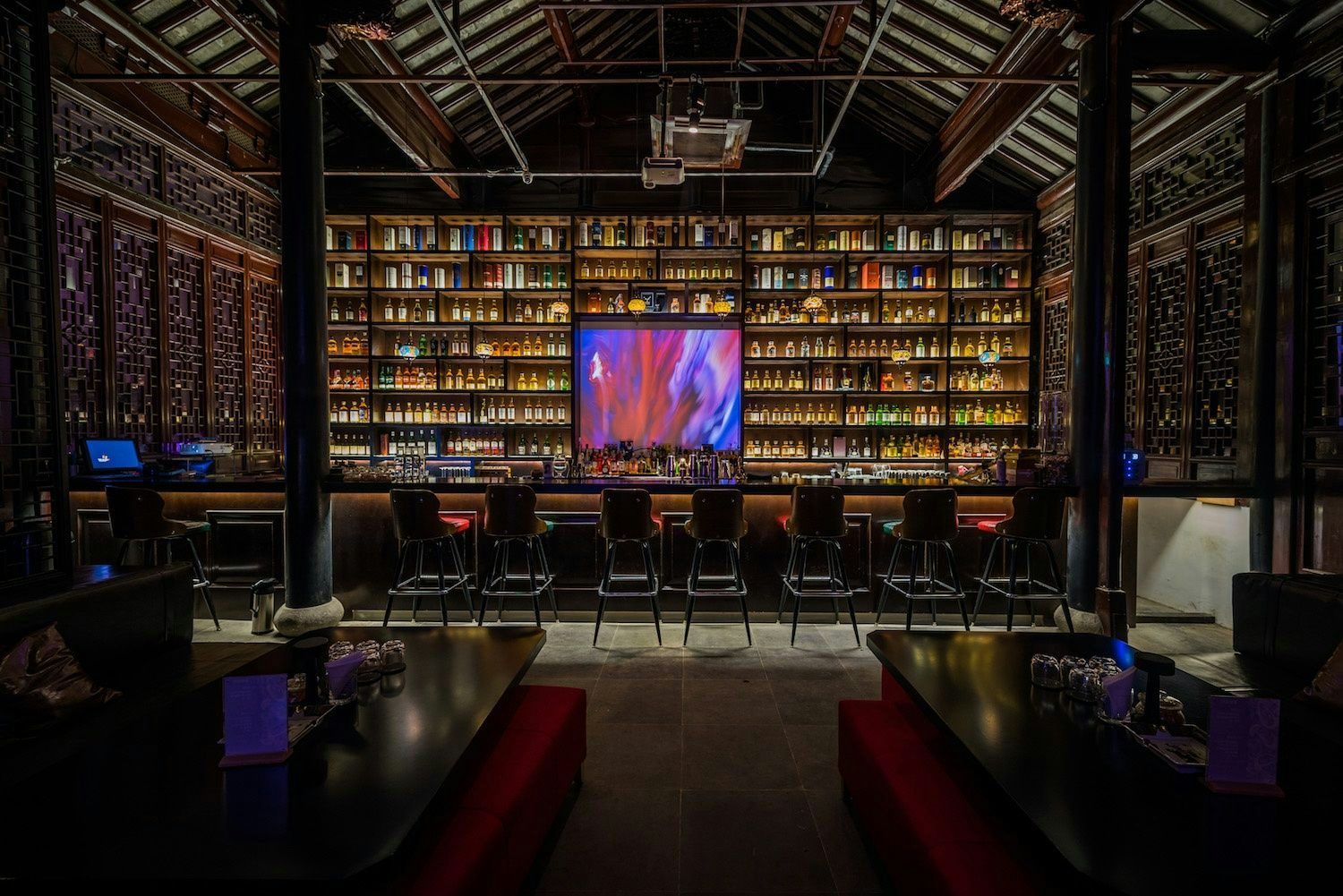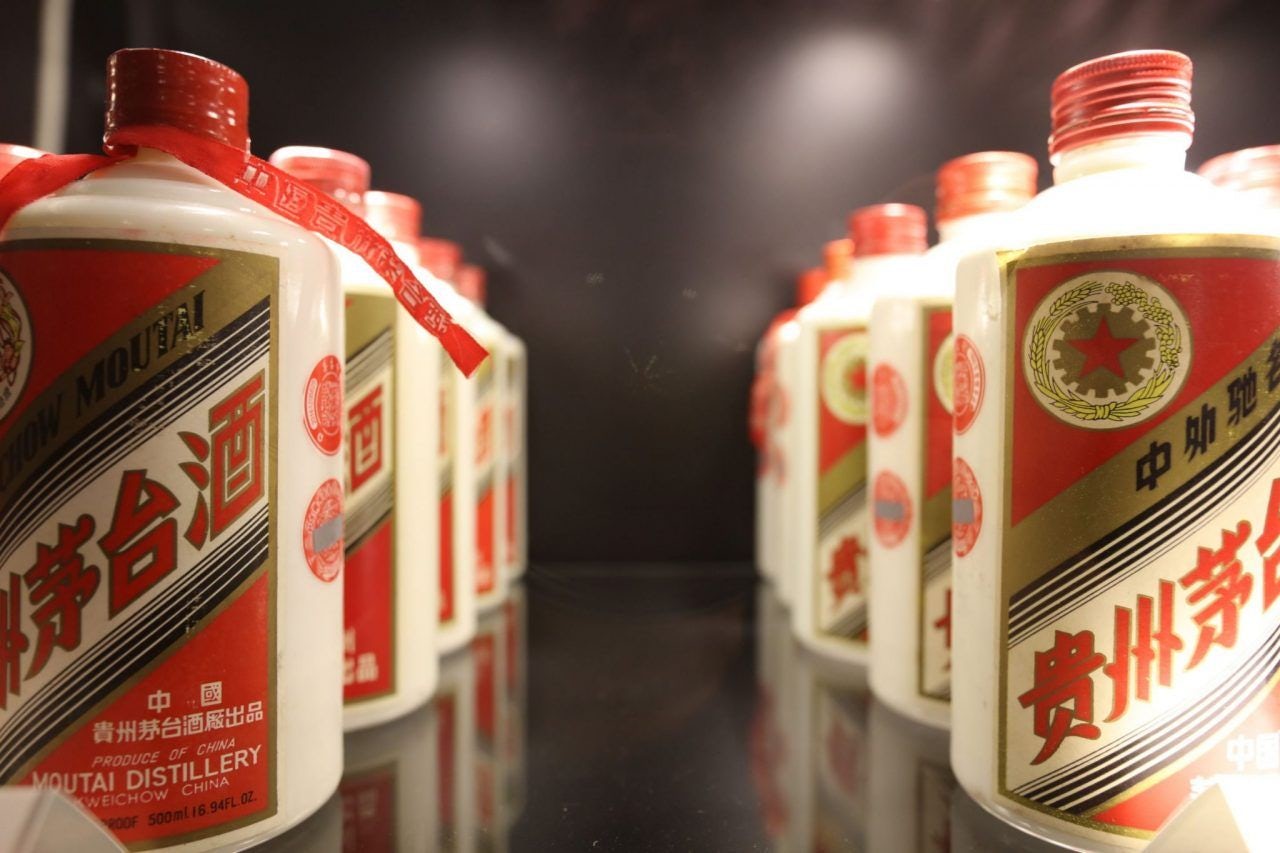This past May at Shanghai’s swanky mall-cum-museum space K11, lab-coated hosts handed out mysterious glass funnels and test tubes while whispering secret formulas to well-heeled guests. No, this wasn’t a military experiment or a movie production, it was the latest promotional event for the 254-year-old French cognac brand Hennessy.
The pop-up event was part of Hennessy’s marketing campaign "Hennessy & Meal," a key part of the brand’s strategy to rebuild itself, after an industry-wide slump throughout Asia a few years ago, into a modern wine-and-dine icon in China. Over the past two years, Hennessy has held different events in Guangzhou, Xiamen, Shantou, Shunde and other provinces and has promoted their brand by collaborating with more than 150 local Chinese restaurants.
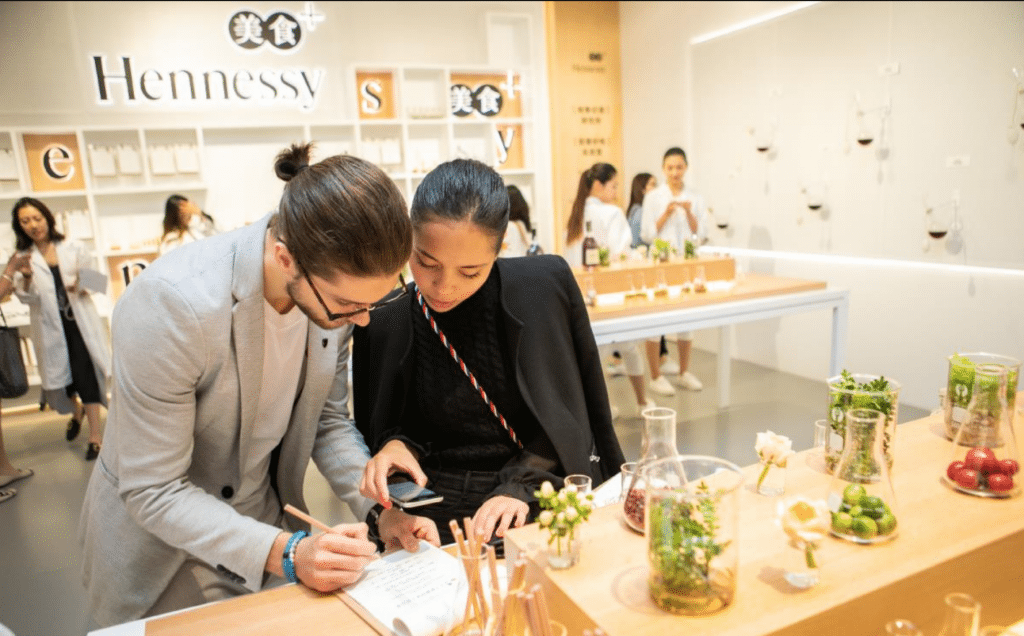
At the Shanghai party, "I was delighted to learn so much about food and drink pairing at this event,” said Chinese millennial and Shanghai resident Ting Ting, “and what's better is that there are all kinds of props ready to make the experience Instagram worthy!"
The campaign, which originated in 2014, has shown positive early returns this year, as has the cognac market as a whole, after its serious slide. In LVMH’s first half 2018 financial result, (Hennessy is an LVMH brand) cognac and spirits delivered 9 percent organic revenue growth, reaching revenue of 1.552 billion (1.368 billion euros), and there was strong momentum seen in the China market.
The Cognac Market in China#
By and large, Chinese are free-spenders on luxury liquors. But compared to domestic drinks like baijiu, the imported spirit market share in China is still fairly small. Categories like brandy/cognac and whiskey/bourbon have one of the higher penetration rates but also lower drinking frequencies, although cognac received the most penetration among imported spirits, according to a 2017 Mintel Import Spirit China Report.
In fact, the value of cognac imports in China peaked at 7.8 billion in 2012 only to crash by 36 percent three years after the country’s state-sponsored clampdown on conspicuous consumption and gift-giving in 2014. Despite that setback, which Hennessy and its competitors are scrambling to reverse, China is still considered one of the most important export markets for cognac in terms of volume and value.
Hennessy shared their plan with Jing Daily, which involved establishing their brand in the south (in Southern China, drinking spirits with meals is quite common to the region and its cuisine was the obvious first place to start marketing), then gaining more of a share in the greater Shanghai region, and then moving on to northern cities like Beijing and western cities like Chengdu. The goal is to add more cities every year.
“We are very ambitious in China, but we also realize that China is a complex market, when it comes to changing habit,” said Andrew Khan, the VP of Marketing of Moët Hennessy Diageo China. “It will take some time, it’s not going to happen overnight.”
For the 'Hennessy & Meal" campaign, the brand selected three core products, Hennessy VSOP, XO and Paradis to test the market with a price range of 60 to 875 (400 RMB to 6,000 RMB). In the past two years, Hennessy X.O and Hennessy VSOP, two products that fall in the “more affordable” range, exceeded their target volume by over 30 percent. The brand also plans to add the variety of products with higher price points.
Moving forward, the market's—and the campaign’s future—will be determined by whichever brands best establish a drinking habit for diverse groups in China.
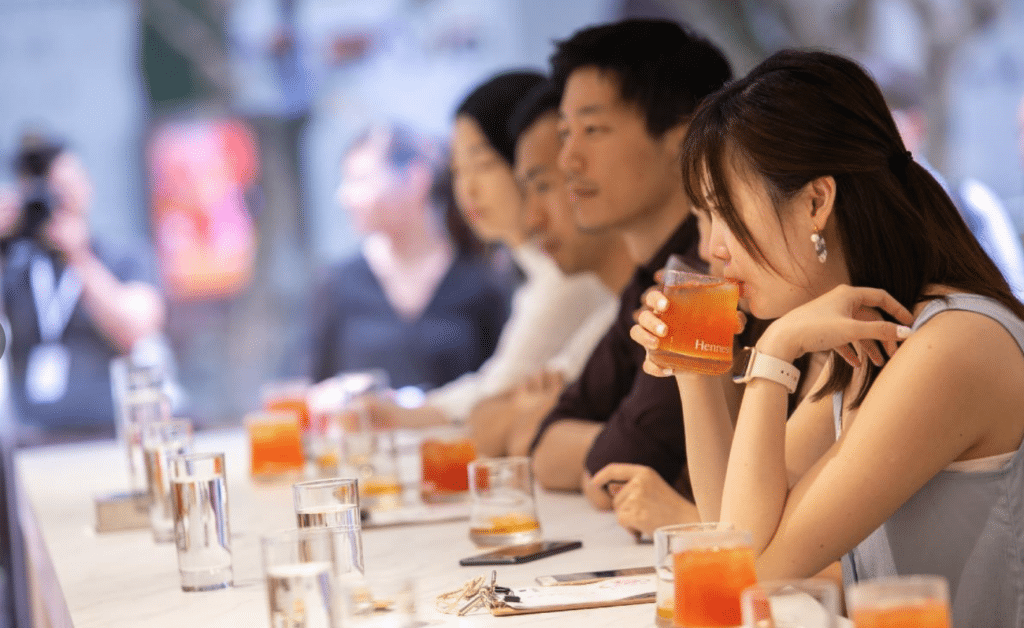
The Battlefield is Set on the Dinking Table#
Hennessy is not the only spirit brand with an eye on the dining table. Hennessy’s competitor, Pernod Ricard Martell, saw its China market share reach 44 percent by volume in 2017. Martell introduced their own wine-and-dine concept in 2013 and worked closely with the Michelin-rated Chinese restaurant Da Dong to come up with new ways to pair Chinese meals with their French cognac. The brand even produced a documentary on Da Dong’s well-known chef this year as a way to inspire the consumers to create their very own Martell-paired dishes.
Hennessy’s approach was different: they placed their cognac within local contexts. By 2018, their campaign had expanded to 19 different cities and reached a target audience of over 30 million with 300 million views through online and traditional TV channels.
In the financial report published in June, the rival cognac brand Remy Cointreau said they expected more profit growth this year, helped by strong demand for its premium cognacs in China and its efforts to sell higher-priced spirits to boost margins. But regardless of price point, the key to winning the cognac market seems to rest on increasing the spirit’s drinking frequency and fans.
Along those lines, Hennessy told us that the marketing results of their K11 event were incredibly valuable—and unexpected. “One thing that really surprised us about the K11 event was how most of the attendees were really young consumers—all post-90s,” said Kahn. “We also found a higher engagement from female consumers. As you know, spirit sales are typically pretty much male-driven, so those new initiatives show diversity in gender. It's really good for us. ”
Khan is optimistic about the future. “The idea is we have a variety of products to meet the wide combination of Chinese dishes,” said Khan, “We are a French brand, but the object is to always be closer and culturally relevant.”
